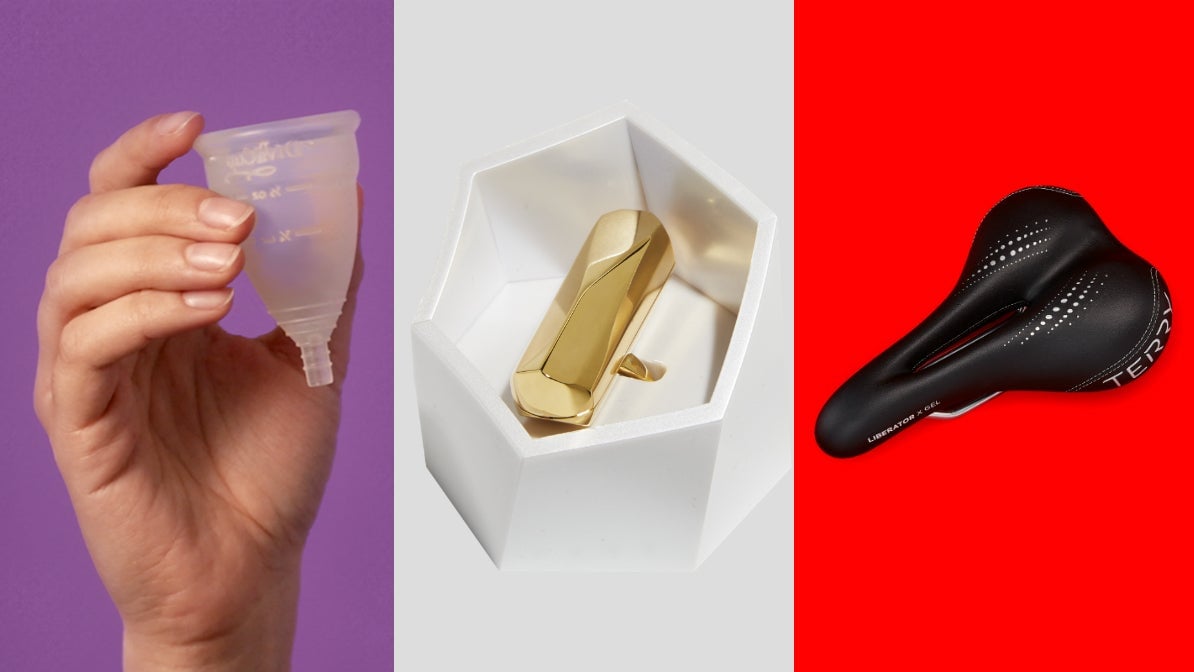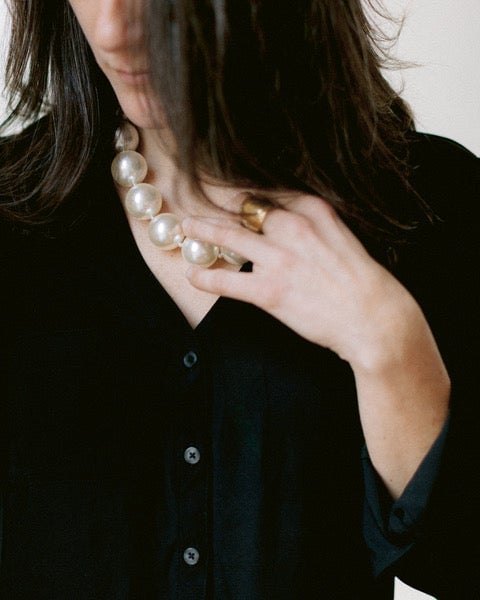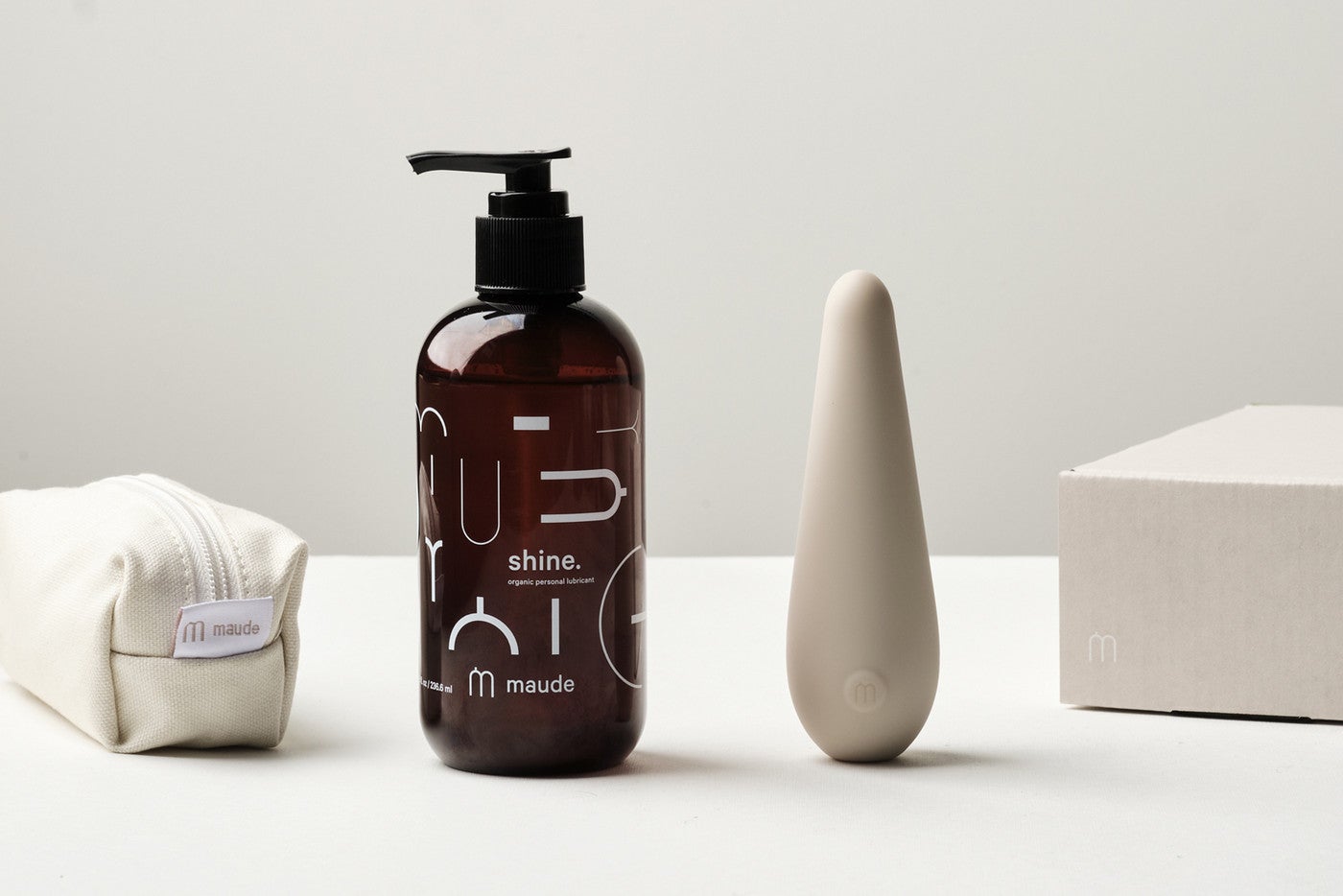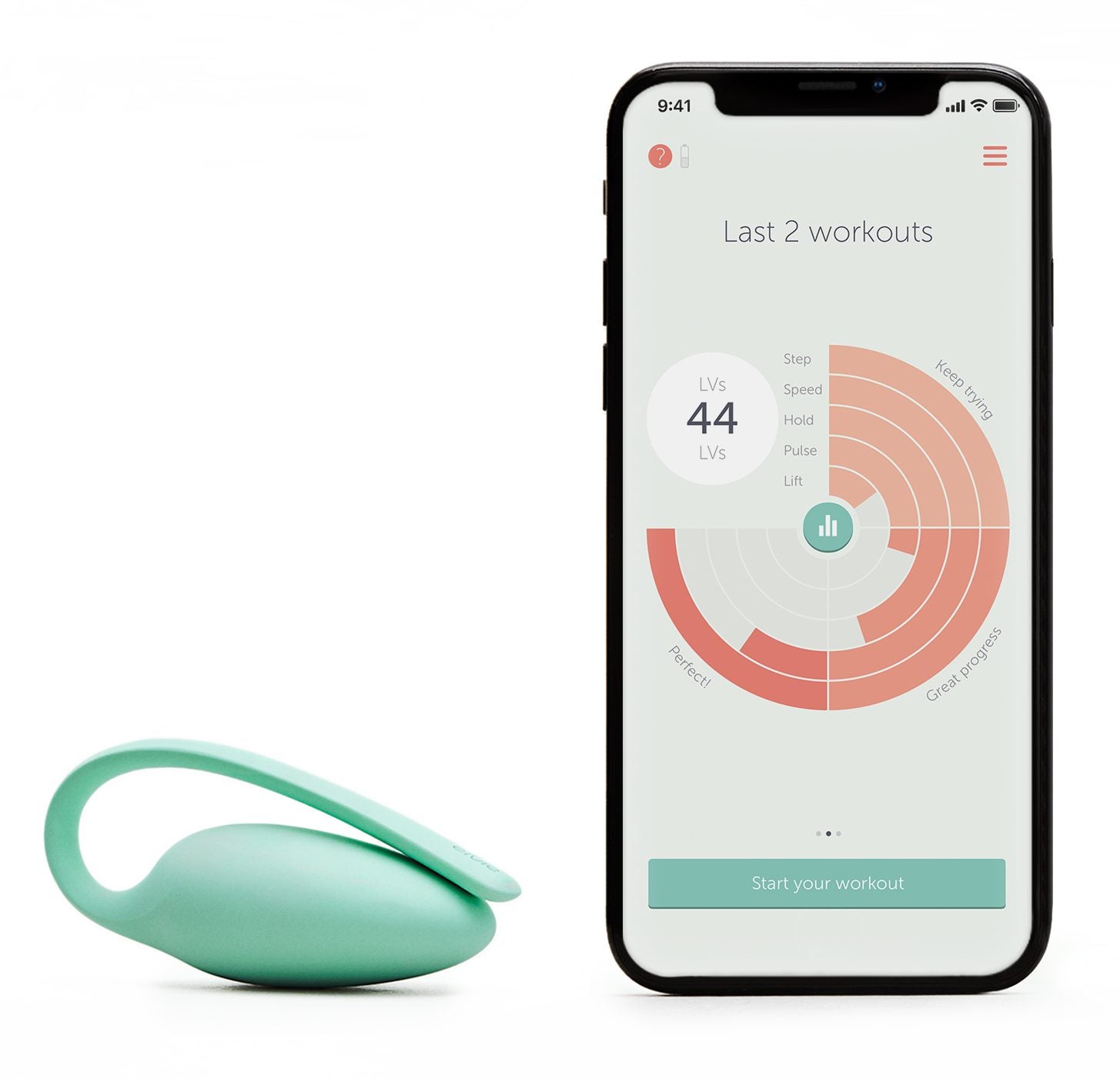The MoMA Design store spotlights women’s products not designed by men
From torturous breast pumps to medieval menstrual products and unsavory sex toys, women’s products have a long history of being poorly conceived by committees of men. But over the past few years, a wave of trailblazing female entrepreneurs and inventors have been vying to reclaim this space. Their output, which is highlighted in an eye-opening new pop-up collection at the MoMA Design Store, serves as a corrective to the long-misunderstood nuances of female anatomy and psyche.


From torturous breast pumps to medieval menstrual products and unsavory sex toys, women’s products have a long history of being poorly conceived by committees of men. But over the past few years, a wave of trailblazing female entrepreneurs and inventors have been vying to reclaim this space. Their output, which is highlighted in an eye-opening new pop-up collection at the MoMA Design Store, serves as a corrective to the long-misunderstood nuances of female anatomy and psyche.
“Design Innovations for Women,” which goes on sale at MoMA’s e-commerce store and its retail outlets in New York beginning this week, features 21 products that offer elegant, sympathetic solutions for various stages and circumstances in many women’s lives. The collection includes a board game about menstrual cycles, an ingenious wearable breast pump, jewel-like vibrators, a FIFA-approved hijab and a groundbreaking bike saddle designed for women’s comfort.
Chay Costello, associate director of merchandising at the MoMA Design Store, has been working on this collection for several years. She says the candor with which women increasingly discuss their bodies has paved the way for a range of women-designed products to come to market.

“We started seeing this dialogue. Suddenly there’s a bunch of girls in the Bronx who have a podcast about their periods, and that’s amazing, for example” says Costello, referring to Sssh! Periods, winner of NPR’s inaugural student podcast contest. “For a long time, there’s been a sense of taboo about women’s bodies. On the one hand, our bodies are used to sell everything from beer to cars, yet there’s a reticence about talking frankly about our real-world needs. When something is not allowed to be talked about, it’s going to be underserved.”
Menopause and its attendant health concerns are one area that’s still largely neglected. “Talk about something nobody wants to talk about. It’s about menstruation and aging at the same time which aren’t necessarily encouraged to talk about in our society,” Costello explains. Reading Darcey Steinke’s 2019 book, Flash Count Diary: Menopause and the Vindication of Natural Life inspired Costello to search high and low for well-designed products for this segment. She’s particularly proud of the three menopause-oriented products in the collection—a strand of faux pearls that offer instant relief from hot flashes, a tank top that’s been proven to lower body temperature, and a discreet warmer for lubricants.
A vibrator for every need and age
Female vibrators or “personal massagers,” which have experienced an online boom during the pandemic, are well represented in the MoMA Store line-up. Costello says the range of eight very differently shaped vibrators represent “a palette of options”—from the controversial Osé massager, which promises a blended orgasm, to the handy Zee Bullet designed for frequent travelers.
Éva Goicochea, founder of the sexual wellness start-up Maude and designer of the Vibe personal massager, says that being part of the MoMA store collection holds a special significance. “It feels very full circle. I saw a sculpture at MoMA and thought that it was the right shape [for Vibe],” Goicochea tells Quartz. “It’s definitely been called a mini Brâncuși before,” she says with a smile, referring to the Romanian-French artist best known for evocative bronze-cast sculptures.
Goicochea explains that the styling and branding of her products are intentionally simple because she wanted to create objects people might leave out in the home. “Our goal is to make sex feel less compartmentalized because that’s where shame and guilt comes from,” she says. Growing up in a conservative household in New Mexico, Goicochea says getting her grandmother’s support was a particularly meaningful milestone. “My grandmother is very Catholic and she’s given this the seal of approval. For her to say that this is totally normal is great.”


During a time when cultural institutions often have to juggle the interests of audiences and conservative donors, selling sex paraphernalia on the MoMA store is quite a feat. “What we’re seeing is a movement and a sea change,” Costello says. “A global pandemic is a time to be reminded how important it is to care for your body, and the equity involved in that.”
Unlike other items in the museum store, Costello says she had a doctor vet the claims associated with each products. “The educational element is fascinating. I have a good friend who’s an OB/GYN who just had a baby and she was kind enough to confer with me about the veracity of scientific research … It was a process unlike any other.”
New female design heroes
While the museum remains closed until Aug. 27, MoMA’s pop-up collection also serves as an impromptu gallery about trailblazing female designers who have found a way to circumvent a male-dominated monopoly.
For me, the gold medal for the most inspiring designer in this collection goes to Georgena Terry. Starting in the mid-1980s, the Vermont-based engineer and environmentalist has been designing better-fitting bikes for women. Seeing beyond the typical shrink-it-and-pink-it mentality of big brands, she retooled the entire bike frame with the female anatomy in mind.
“When you start getting into the anatomical differences between men and women, there are some serious ones,” she explains in a video published on her website. “The center of mass of women’s muscles is in a different place … she has muscles smaller than his. You have to compensate for this in the design of the bicycle.
Using her training in mechanical engineering, Terry got a patent for a bike with a smaller frame and smaller front wheel. It piqued the interest of women who were struggling with all sorts of aches and pains from using an ill-fitting bicycle.
Apart from designing custom bikes, Terry has also tackled poorly-conceived bicycle saddles that causes soreness in the genital region, a.k.a. “soft tissue pain.” Her Liberator X saddle, which is part of the MoMA store pop-up, features a cut-out design that eliminates pressure on sensitive tissues and improve ventilation. “The funny thing is that when we went to our manufacturer in Italy, they laughed at us,” she tells Quartz. “But within a year, they were making saddles with holes in them under their own line.”
Reflecting on her career, she’s buoyed by the passion around fostering female insight today. “I think women, more than ever, want to see women in the business of doing this kind of thing,” she says. “It’s important that women are designing for women because maybe we know a little bit more about our needs than men do—not to put them down. It’s just more real coming from a woman.”